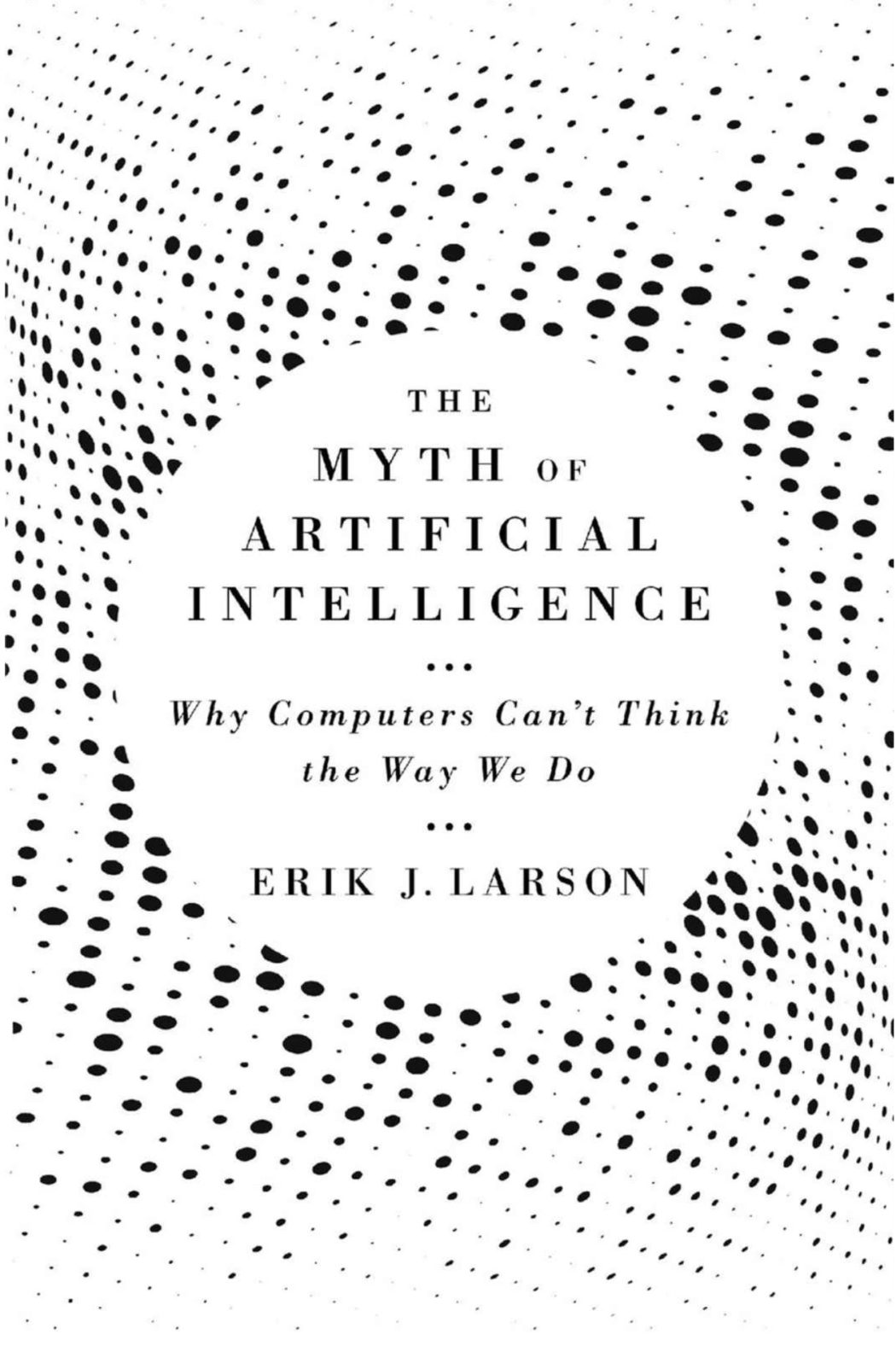So After Big Tech’s Play Worlds Are Played Out… Where Are We?
Computer technician Erik J. Larson asks, What have we learned that will help us?
Computer scientist and entrepreneur Erik J. Larson, author of The Myth of Artificial Intelligence: Why Computers Can’t Think the Way We Do (2021), asks us to look at life in the aftermath of the big new world that computers are supposed to create:
But the “bureau of statistics” mindset is now a problem. It dominates thinking everywhere, not just in technology businesses aiming for sticky ads and more captive users. Nearly every institution one can point to today, from government to science, media, medicine, insurance, and many others, embraces a centralized, data-capture model requiring massive computing resources and actively downplaying human ingenuity in favor of number crunching and prediction. More troubling perhaps, is the way this has shaped the zeitgeist. Confidence in human smarts and imagination seems at an all-time low. Entire books are written now on how people are, in effect, cognitively biased, limited, and indeed stupid. Given this cultural climate, Dyson’s time of “creative chaos and freedom” seems not only distant but beyond recovery.
Erik J. Larson, “Twenty Five Years After Imagined Worlds, What World Are We Living In?” at Hedgehog Review (October 26, 2022)
Dyson called the Cold War science of the 1950s and 1960s Napoleonic because research occurred mostly in huge companies like RAND and involved teasing out the implications of earlier scientific results from brilliant Tolstoyan tinkerers like Max Plank or Albert Einstein. As in our present time, results were achieved through the investment of huge sums of money, and were typically conservative in scope, reflecting already formed interests and agendas. Much of the money during that time was spent on making larger fission, then fusion bombs. The math was already done. That time and ours both correspond to Perez’s depiction of a fully matured technology revolution showing signs of slowdown and decay. We seem to have wandered into the 1950s again, this time with Web companies instead of IBM and General Motors.
What have we learned that will help us?
You may also wish to read: How Erik Larson hit on a method for deciding who is influential. The author of The Myth of Artificial Intelligence decided to apply an algorithm to Wikipedia — but it had to be very specific. Many measures of influence depend on rough measures like numbers of hits on pages. Larson realized that influence is subtler than that.
